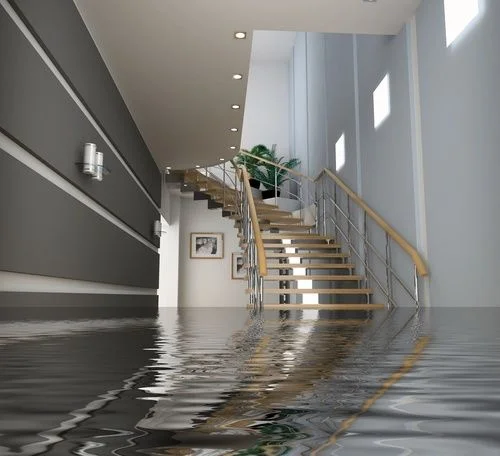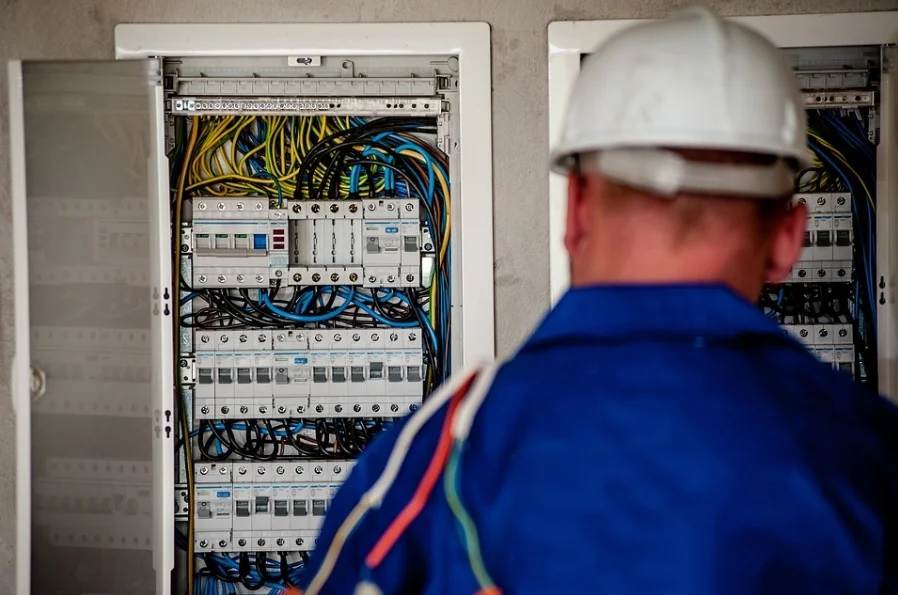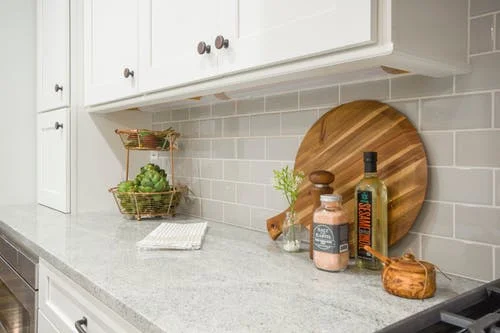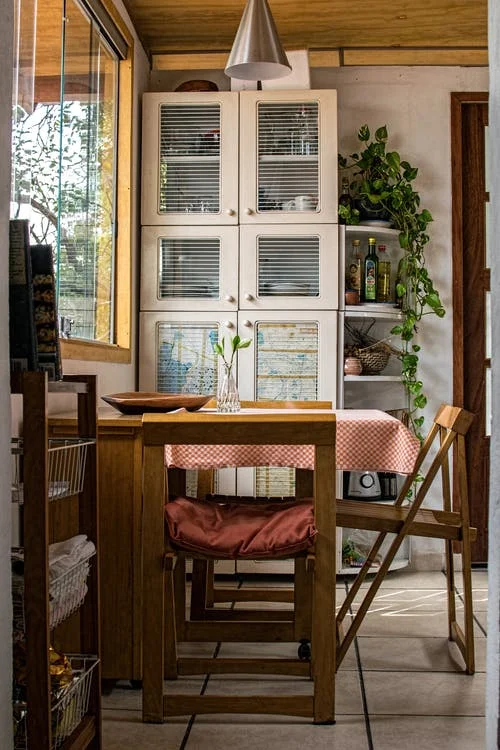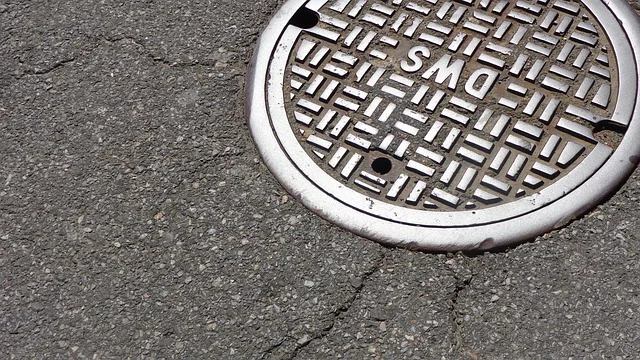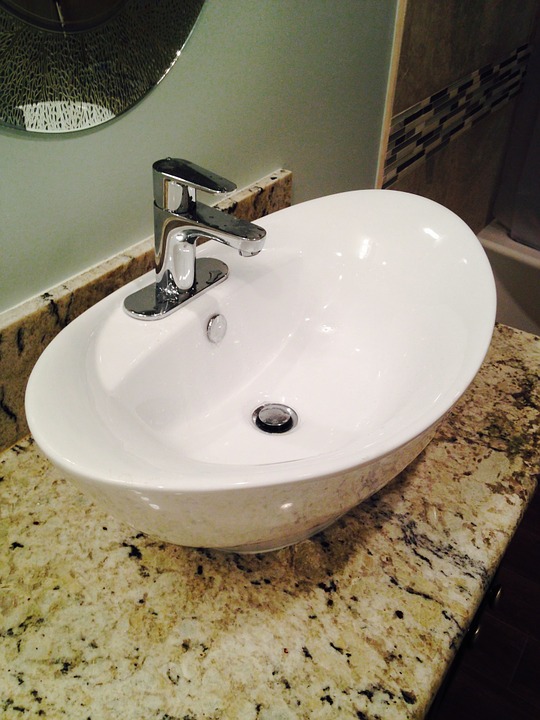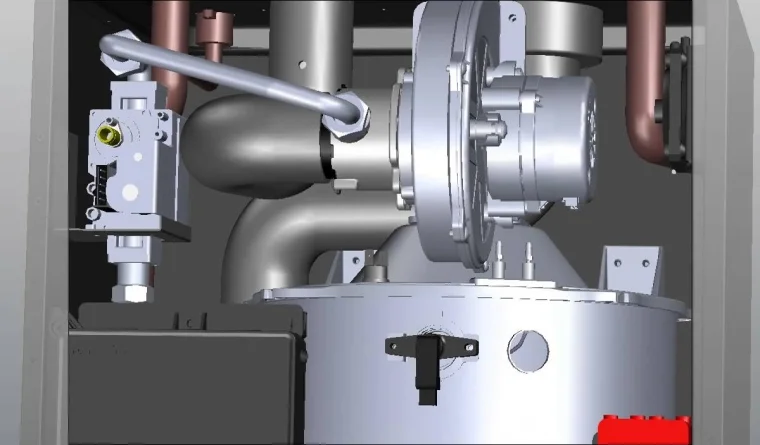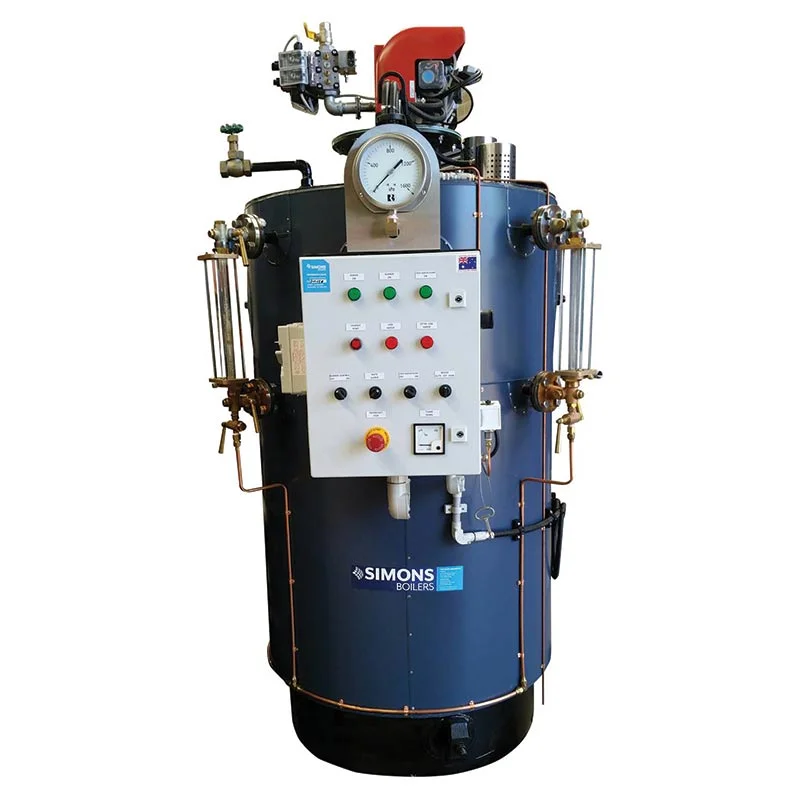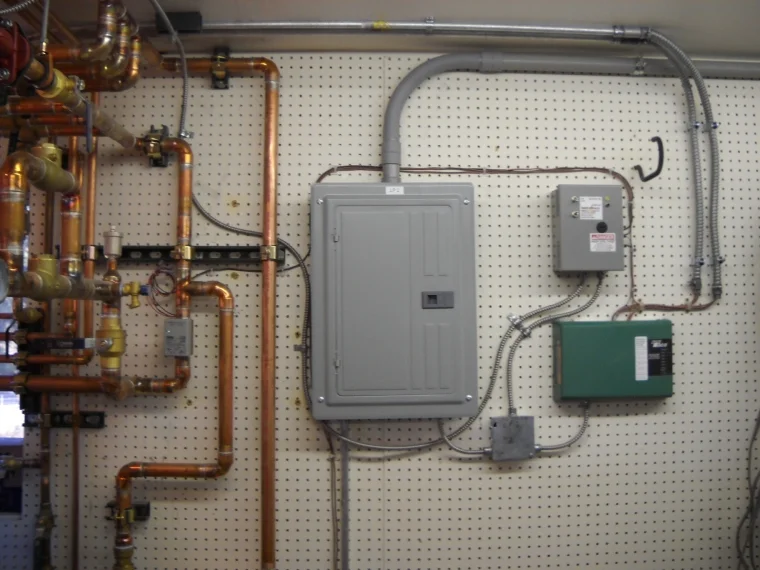How to Install a Ventilation Fan in Your Bathroom
Your bathroom is the one room in your home that is constantly under assault from a variety of sources. Harsh chemical cleaners, steamy showers and the remnants of last night’s Mexican entrees all need a way out and vent fans can do just that.
While the odor of a recently used restroom is definitely something we want to get rid of, the more important factor in installing a ventilation fan is evacuating the steam and water vapor created from baths and showers.
This moisture, if left unaddressed can cause floors to bow, caulking to degrade, and mold to grow in our bathrooms, leaving us with costly repairs and unsightly walls, floors and ceilings.
When you’re ready to start keeping your bathroom dry, here’s how to do it.
Selecting a Ventilation Fan
Finding the right fan for your bathroom is an easy process, but an important one. When considering which fan fits your needs, consider the following.
● Square footage. Fans are designated by the CFM (cubic feet per minute) of air that they move. You’ll want a fan that has at least one CFM for every square foot of your bathroom. Find square footage by multiplying the length of a room by its width.
● Features. It may sound silly, but this is the 21st century, even our ventilation fans come with features and options now. Modern fans can commonly be equipped with a built in light, a heater, humidity sensor, motion detector, night light and even Bluetooth speakers.
● Install options. Vent fans can be installed with or without attic access, on the ceiling or walls, and with or without cutting into the wall material. Figure out which option suits you best and pick a fan to match.
The Tools
Installing a vent fan is a diy task that most homeowners can take on. However, you will need a few tools.
● A drill with bits and drivers
● Screws
● Flathead and phillips screwdrivers
● Utility knife
● Jigsaw or drywall saw
● Respirator and eye protection
● Duct tape
● Wire cutters and crimpers
● Assorted electrical connectors (may be included with fan)
Time to Get Started
Once you’ve selected the right fan and have assembled the tools, you’re ready to get going. First, determine where your fan will be installed and gain access to that area. If you’ll be venting the fan through the ceiling, you’ll need to be able to get into the attic.
Drill a Reference Hole
Find a suitable position on the ceiling, ideally between the shower and the toilet, and drill a reference hole through to the attic. A 3/8” bit is big enough for this.
Measure the vent fan housing and note it on a piece of paper, you’ll need this next.
Now, climb into the attic and locate your reference hole. Clear away any debris, insulation, or stored objects from the area. Using the measurement you just took, locate the final position of the fan between two joists nearest your hole.
Note that position in relation to your reference hole so you can transfer that to the ceiling back in the bathroom.
Mark the Layout in the Bathroom
Back in the bathroom, measure the inside dimension of the fan’s intake.
Using your reference hole and the notes you made in the attic, transfer the measurements from the attic to the ceiling and use a square to mark out the intake port on the ceiling.
Cut the Hole
Using the saw you have on hand, cut along the lines you just drew for you intake port. Be sure to wear your airway and eye protection and support the cut-out piece so that it doesn’t rip drywall paper from the ceiling as you finish the cut.
Drop in Your Fan
Now, head back into the attic with your vent fan. Attach a 90-degree elbow to the outlet port of the fan and secure it with duct tape (preferably foil duct tape).
Remove the knock out panel and attach applicable wiring (you may need an electrician for this portion).
Attach the metal brackets to the fan at the designated points.
Drop the fan into position, through your ceiling hole
Secure the Fan
Using the drill and 1 ½” drywall screws, secure the brackets to the joists.
Slide the flexible ducting over the elbow you installed and secure in place with foil tape.
Cut Your Vent Hole
All exhaust fans need to be vented to the outdoors. Never allow a fan to blow into the attic or other space, this will cause mold and water damage as the steam condenses into water.
Locate a spot on the inside of the roof close to your vent fan. Using a hole saw sized to the cap kit, cut a hole through the roof to the outside.
Connect Your Flexible Hose
Once you’ve cut your hole, make your way onto the roof and locate the opening. Using the cap or vent kit, place the cap in position and secure it according to the instructions provided.
The SheltonRoofing.com information guide says that while you’re up there, check out the condition of your roof. Aging and disheveled roofs cause homeowners a multitude of problems and can be extremely costly if they fail.
Back in the attic, connect the other end of your flexible hose to the cap or vent kit and secure it with foil tape. You may also need to fill any gaps around your ceiling hole with spray foam or caulking.
Give it Power
Ensure that power to the wiring you’ll be using is disconnected.
In the bathroom, expose the blower motor and its wiring.
Make the applicable connections using the wiring diagram provided in the fan kit. If you’re uncomfortable with home wiring, consider hiring an electrician.
Secure all wiring and attach the ground. Cover the blower motor and turn on power to the fan. If it comes on, you’re good to go.
Finishing Up
Replace the cover to the vent fan and secure it in place. Caulk or silicone any gaps between the fan and ceiling.
Retest the operation and that’s it, you’re in the venting business.
An exhaust fan makes an excellent addition to any bathroom and removes the water and odor vapors that can cause you bathroom headaches for years to come. With this guide, we hope you can get a new vent fan installed in no time!
Guest Contributor, Tom Masters

